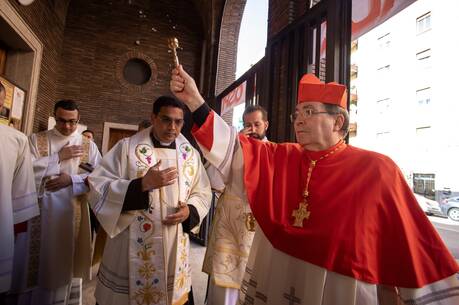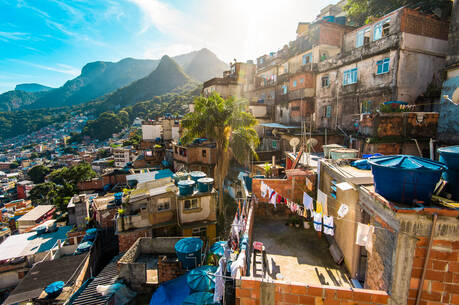With luck, you may live close enough to your job to be able to walk home from work. This is my own fortunate situation. On weekdays, I usually leave America House between 4 p.m. and 5 p.m and head southeast down through Manhattan to the Lower East Side. Having been seated at a desk since 8 a.m., the relief upon pushing open the heavy glass front door and stretching my legs on West 56th Street is immediate.
At a good clip, the walk itselfabout three milesrequires an hour and a quarter, and takes me through the varied neighborhoods that give New York City its distinctive make-up of many cultures and languages. True, you have to be on the alert for careening taxis and for bikes on the sidewalkswith bikes the more dangerous of the two. But at least Manhattan’s grid-like pattern of streets and avenues means that you seldom have to stop to wonder where you are, so can move right along. Do I always walk the whole way? No. If it starts to rain, I can always jump on the closest subway for the rest of the journey home.
My usual route takes me down Sixth Avenue for a few blocks and then over to Fifth, past St. Patrick’s Cathedral across from Rockefeller Centeran area never short on visitors to the city. From there, moving diagonally over to Madison Avenue and then to Park Avenue, I direct my sights down toward Grand Central Station, which was recently restored to its previous splendor. I often pass through its marble and bronze-embellished main concourse just to experience its soaring height of 125 feet and its equally ample width and length. Even when it is crowded with commuters, the sense of space it provides in such a densely populated city as New York serves as a refreshment to body and spirit both.
Leaving the station, I continue down Lexington Avenue past the 1930’s art-deco Chrysler Building, with its helmet-like steel top that gleams in the late afternoon sun. I try to remember to look up at it from a distance, and also at the upper floors of other buildings too. The older ones often have handsomely carved stone window frames, copper-covered mansard roofs and other noteworthy features from the 19th century that are easily missed if you let your eyes remain at shop-window level.
Seasons make a difference. The days are long now, and the light stays with me all the way home. Glance toward the east or west through the canyons of skyscrapers and you see a still-blue sky. Small parks dot my route. Each provides enough shrubbery and grass to make pauses worthwhile. This is especially true in the spring, when the trees are coming into leaf, and people heading home from work relax awhile on the benches.
But not all those on the benches are relaxing. For many homeless men and women, the benches serve as a refugebut only during the day. Signs warn that these and other parks are closed at night. With the number of homeless men and women in the city rising and shelters filled, the prospect of nightfall can be daunting, no matter what the season, warm or cold. And so although the darkness of winter has its attractions for walking toothe buildings with their brightly illuminated windowsthe starkness of life for many others imparts to my trip home a somber reminder that for all its beauty and vibrancy, New York can indeed be a cruel city for its poorest residents, for whom the very word home has only a distant meaning.
Consequently, toward the end of the walkwith midtown behind and taxis fewer in the less affluent neighborhoodsthe steady and unrushed rhythms of walking lend themselves to reflection and even quiet prayer. These become a time to remember that ours is a God who hears the cry of the poor (Ps. 34:16), even as city and national leaders continue to ignore that same cry year after year, in good times and in bad.







